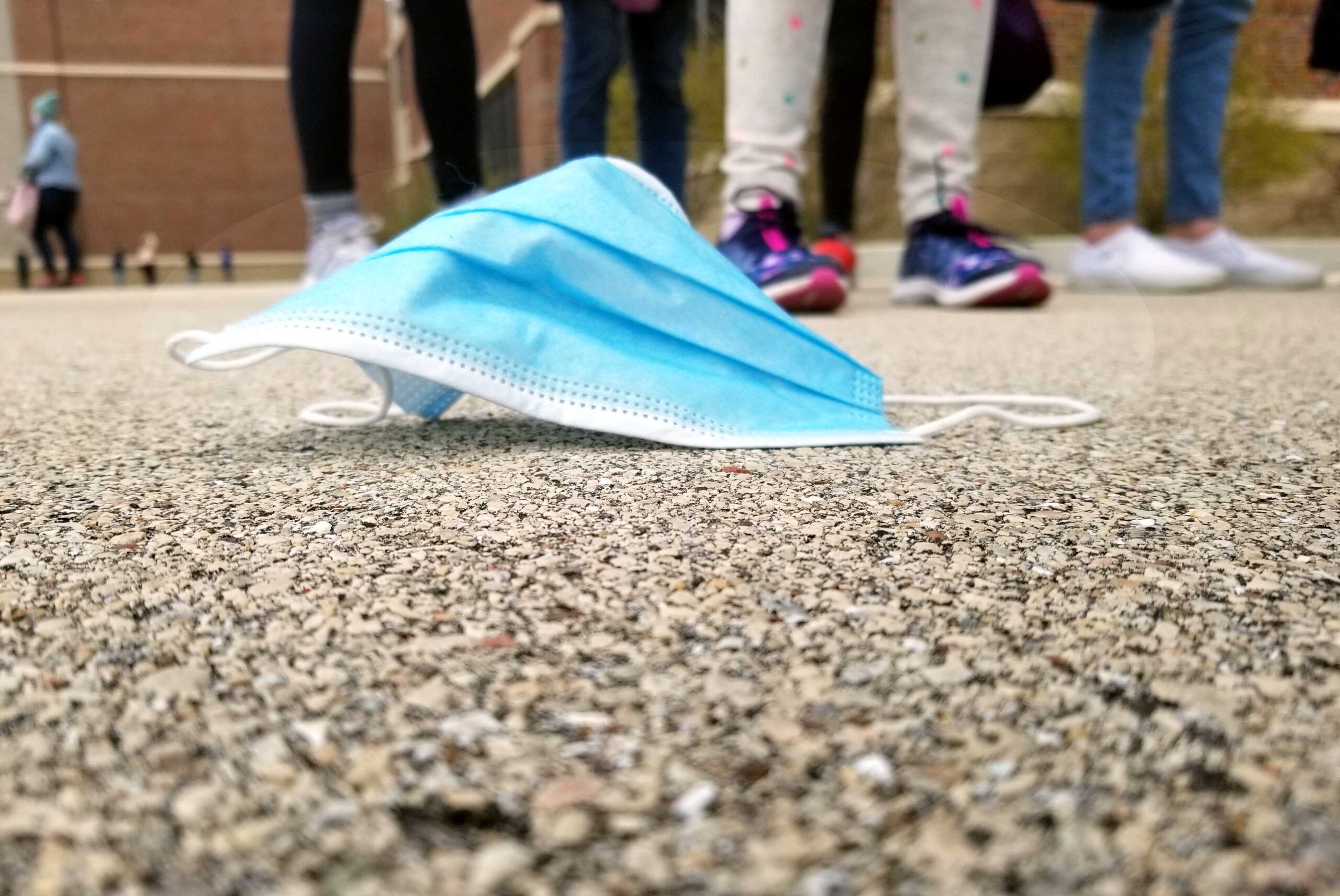Listening Actively
Active listening is increasingly becoming a lost art. Why?
Today’s world has sped up dramatically. It sometimes even feels as if time is moving faster. Consequently, it is difficult for many of us to slow down, pause and reflect on our days.
As a result, it feels as if some very important life skills have become more and more difficult for students to understand, let alone master. These skills include: Slowing down, sitting silently for a prolonged period of time and actively listening when others are speaking (i.e. comprehending and following other’s directions!)
What is Active Listening?
Oral language lays the foundation for the reading and writing skills children will develop as they enter and progress through school. They will use oral language in all aspects of their education, in the classroom as they connect with their peers and teachers, and throughout their lives as they grow into adulthood.
Erin Reeder & Julie Baxa
Active listening is the process of listening attentively while someone else speaks. It’s a pattern of listening that keeps us engaged with our conversation partner in a positive way. This includes paraphrasing and reflecting back what is said, while withholding judgment and advice.
Active listening is a tall order! But the pay off is worth it. When we practice active listening, we make the other person feel heard and valued. In this way, active listening is the foundation for any successful conversation.
It differs from critical listening. In active listening, you are not evaluating the message of the other person with the goal of offering your own opinion. Rather, the goal is simply for the other person to be heard. Perhaps it also serves as a sounding board to aid in that person solving their own problems.
Why is Active Listening so Important?

Decades of research defend the claim that listening comprehension outpaces reading comprehension from early childhood to as far as 14 years old.
Having a solid foundation in oral language will help children become successful readers and strong communicators. It also builds their confidence and overall sense of well-being.
Children can listen to and talk about much more complex ideas than they can read. There are a number of learning strategies available to help students practice speaking and listening skills in different content areas. The simplest is simply reading aloud.
Active listening involves more than just hearing someone speak. When you practice listening actively, you are fully concentrating on what is being said. You listen with all of your senses. You give your full attention to the person speaking.
Active Listening involves:
- Remaining silent while another speaks
- Being patient (periods of silence are not “filled”)
- Staying neutral and nonjudgmental
- Verbal and nonverbal feedback
(e.g., body faces the speaker, smiling, eye contact, leaning in) - Asking questions
- Reflecting back what is said
- Summarizing
When you listen actively, you are fully engaged and immersed in what the other person is saying. It also means NOT engaging in bad listening habits.
Active Listening discourages:
- Fidgeting or facing a different direction
- Daydreaming, pretending to pay attention
- Interrupting the speaker
- Not making eye contact
- Becoming distracted, being stuck in your own head
- Forgetting what was said
- Ignoring what you don’t understand
Tips for Practicing Active Listening
Active listening serves the purpose of earning the trust of others and helping us to understand their situations. It’s both a desire to comprehend as well as offering support and empathy to the speaker.
As a caregiver or an educator, it is critical to practice active listening with children. To many, this does not come naturally.
Here are 5 Tips to better listening.

5 Tips to better listening:
- Be patient while you listen – be silent, neutral, and withhold judgment.
- Tall, strong posture – Turn your chair toward the speaker, body forward. Long, tall back and feet touching the ground.
- Make Eye Contact – Look the speaker in the eye and avoid fidgeting. Nothing should be in your hands. Try not to yawn!
- Smile – Small smiles and nods of the head show the listener you are paying attention.
- Say back – Show interest by reflecting back what is said by paraphrasing or asking questions of clarification. Avoid abruptly changing the subject!
There should be time dedicated to every day for students to engage in collaborative conversations with their peers. These conversations should include academic language in many areas. I encourage you to emphasize active listening during those discussions. The more practice students have in active listening, the better they become.
Do you have comments or thoughts on Active Listening? Do you have a suggestion for another blog topic? Please send me an email with your ideas or experiences at grumble.services@gmail.com.
If you find this article helpful, please share it. Please join us, if you have yet to do so. Subscribe below and receive articles like this one in your email box weekly. Thank you!
Read More: Outdoor Learning: Involving Children in Our World
All Rights Reserved • © 2022 Grumble Services LLC • grumbleservices.com

References and Read More:
Active Listening: The Art of Empathetic Conversation
Speaking and Listening in Content Area Learning
The Importance of Oral Language for Literacy Successs
GrapeSEEd, October 2020
The Center for Parenting Education: THE SKILL OF LISTENING



